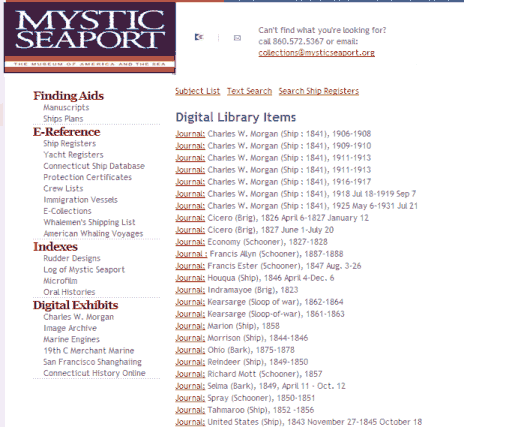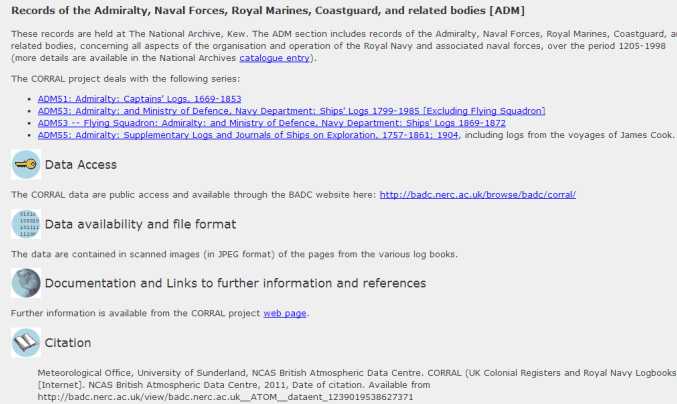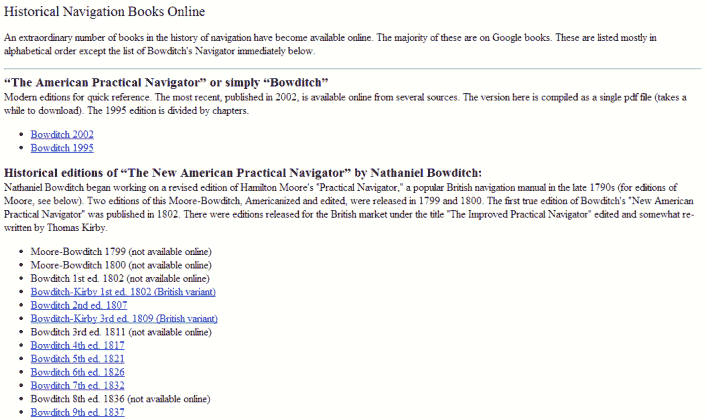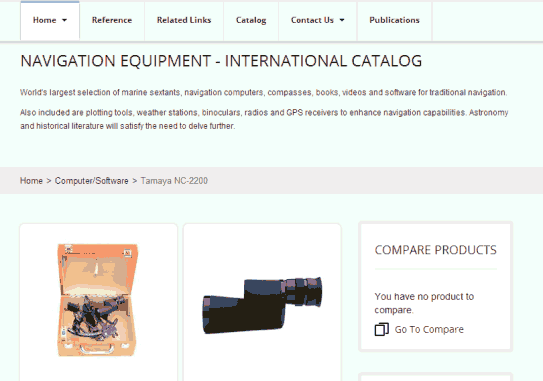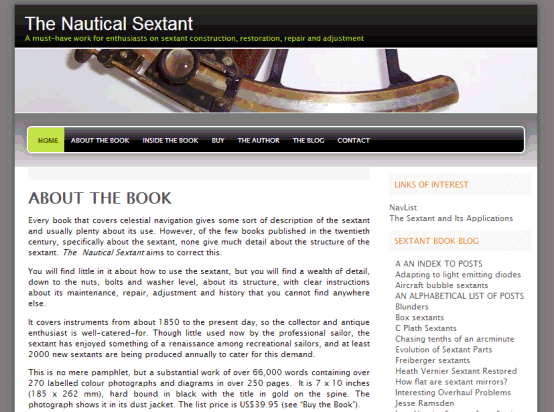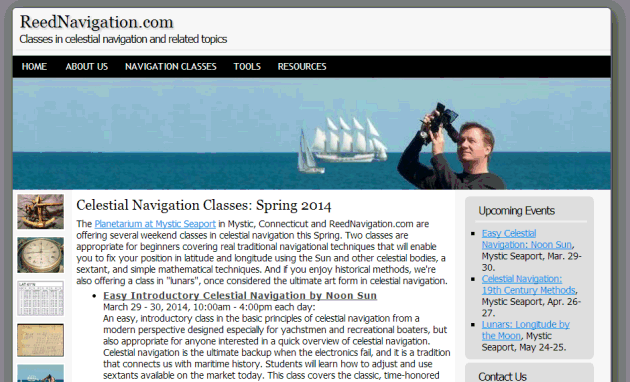
NavList:
A Community Devoted to the Preservation and Practice of Celestial Navigation and Other Methods of Traditional Wayfinding
From: Jim Rives
Date: 2022 Apr 13, 09:33 -0700
Well, yes, Frank, I did mean the 1700's, not 1600's. The quadrant I actually had in mind was the one I showed a picture of some time back - a Tho Gilbert quadrant dated 1772. That one has no telescope, just the peep sight with the two pinholes. As I'm trying to manage to just touch tangents on the moon and sun I was thinking of trying to do anything like that with that quadrant. If you did manage to snag a distance you might be too blind to see! (I'm sure they had some kind of shades). But, your comment indicated that Errors in Longitude of 7.5 minutes of arc were common. But with a telescope, I presume.
Since taking my Lunars class taught by Frank in Mystic a few years ago I have been going out periodically and shooting a lunar. Recently I've been organizing the box of individual analyses of these to get a better idea of what this all means. I have attached a kind of draft worksheet summarizing some of these (There must be more from 2021 somewhere!). The inputs are from the ReedNavigation "Analyze Lunars Online" under "Data" above. (BTW, the format and usablility of this report was greatly improved a while back, Thanks!) Then I just caluclated the error in time as 4 times the error in Longitude (in minutes of arc) , and then that to minutes of time.
And... so what does that tell me. Simple average Error in Longitude is abt 8.8 minutes of arc, or 35 seconds of time. At 43N, 8.8 min of arc is 6.2NM. And LAN is 35 difference from my chronometer time, as adjusted. (Obviously, these numbers are net of individual miles and time plus and minus corrections). So, my results so far seem to be in the ballpark.
I went to the Mariner's Museum in Newport News a couple of weeks ago. Fabulous exhibits and I'll definitely go back. Specifically to see their nav instruments collection, which is currently closed for renovations. But I'd be interested in seeing an 18th century sextant/octant with a telescope.
When I started reading NavList several years ago it was with the vast knowledge of all things nautical and navigational a Navy Lieutenant(jg) has by dint of weilding a sextant around the bridge wings for a few years. I am humbled! Another interest in mine is early european voyages of discovery, the role of commerce and capital in spurring technological advancement. In the form of applicatons of science to solving real-world problems. Each technology was developed, tried, and adopted in the cruicible of "does it increase our returns". By reducing risk and increasing efficiency of travel over the oceans. And, this has lead to the related but different world of aviation navigation, and also to cartography and map making.
I'd be interested in comments on my Lunars Error worksheet. I'm not a mathematician. Be patient.
Tony - I hadn't noticed the headless man. A tragedy.
Jim Rives
43N 71W

